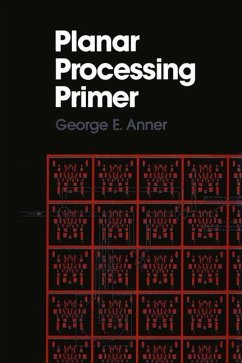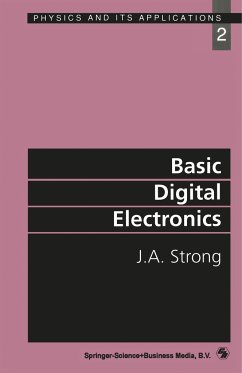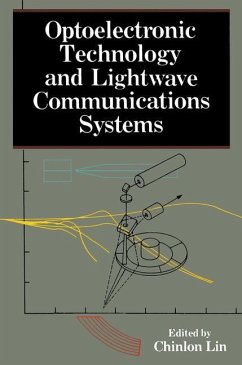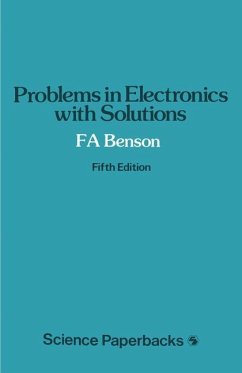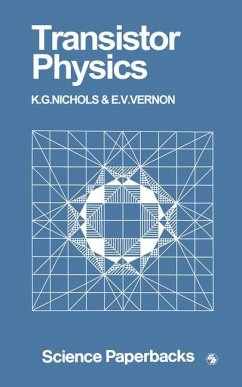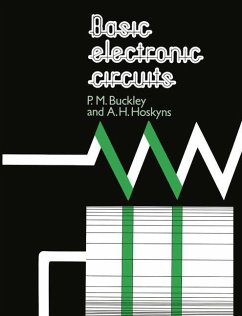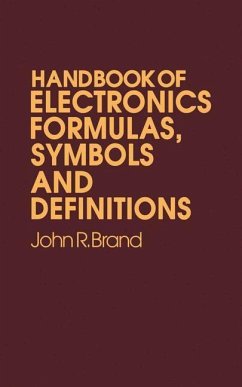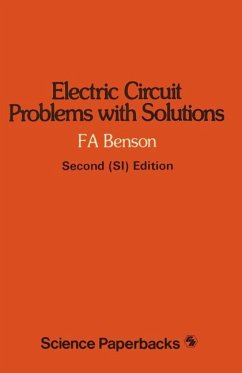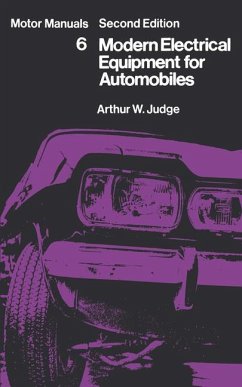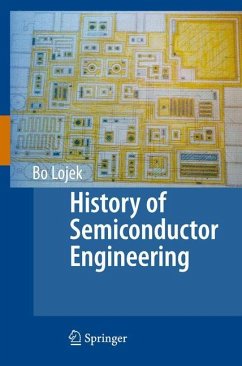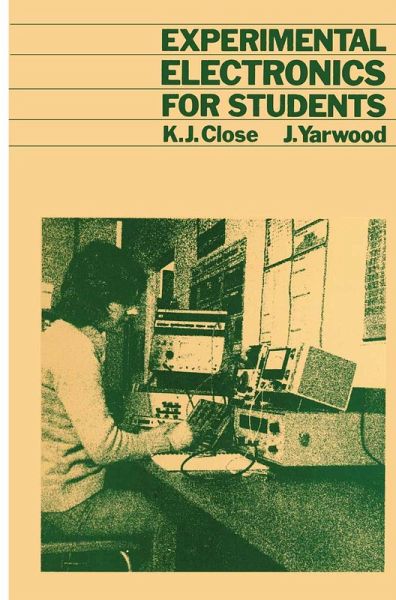
Experimental Electronics for Students

PAYBACK Punkte
20 °P sammeln!
Electronics is essentially an experimental subject and enables a wealth of experimental work to be undertaken at relatively low cost. In any modestly equipped electrical engineering or physics laboratory. it is possible to plan interesting experiments to study active and passive com ponents, basic circuit functions, modular encapsulations and monolithic integrated circuits. The work may range from the formal investigation of a device new to the student to the design and construction of quite advanced, modern measurement and control systems. There are few books which guide experimental work in ...
Electronics is essentially an experimental subject and enables a wealth of experimental work to be undertaken at relatively low cost. In any modestly equipped electrical engineering or physics laboratory. it is possible to plan interesting experiments to study active and passive com ponents, basic circuit functions, modular encapsulations and monolithic integrated circuits. The work may range from the formal investigation of a device new to the student to the design and construction of quite advanced, modern measurement and control systems. There are few books which guide experimental work in electronics. This text aims to rectify this by giving detailed descriptions of a series of experiments all of which have been thoroughly tested by students in physics, electronics, electrical engineering and instrumentation at The Polytechnic of Central London. Moreover, several of these experiments would seem to be appropriate for the current development of interest in courses in electronics in schools because several of them have been undertaken with considerable success by first-year sixth-form students who have come to Central London for special courses. They would also assist an introductory course in electronics for students from other disciplines and have been tried out in this way at The Polytechnic.





